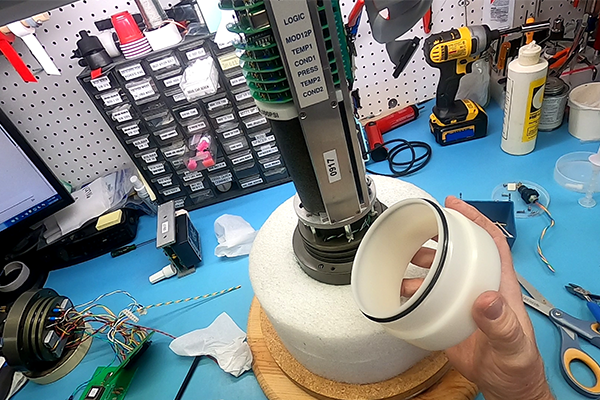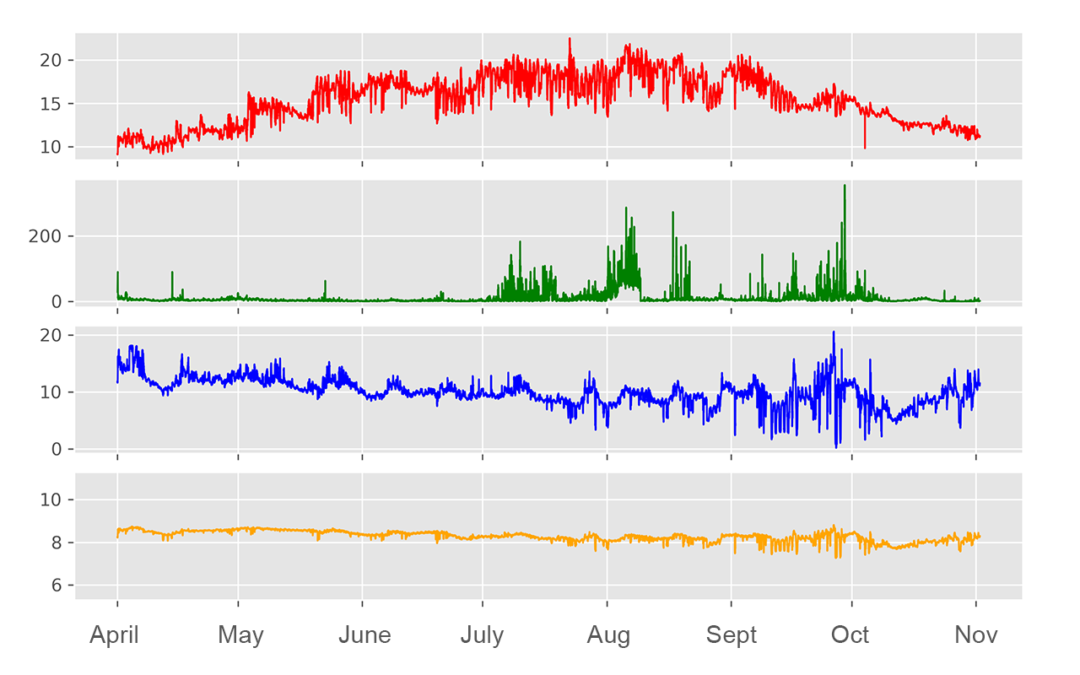Watch how one of our Senior Service Technicians replaces the O-rings on the endcap of a 9plus CTD using specialized tools.


Watch how one of our Senior Service Technicians replaces the O-rings on the endcap of a 9plus CTD using specialized tools.

Can you correctly label the 4 plots? Hint: this area is subject to periods of eutrophication during the late summer/early fall.
The Oceanography Society (TOS) and Sea-Bird Scientific are proud to partner in hosting a webinar focused on sharing insights and advice with current students or recent graduates on how they can transition from their education to a role in academia and/or industry....
Thank you to the Scripps team for hosting us!Earlier this month, experts from the Sea-Bird Scientific team had the pleasure of heading to Scripps Institute of Oceanography to present at an in-person Technical Forum to Scripps faculty and students.With a...
Celebrating Earth Day with Sea-Bird Scientific Sea-Bird Scientific is proud to play a part in protecting and better understanding our oceans, and ultimately our planet. We are so grateful to work collaborators, partners, and customers, who are doing instrumental...